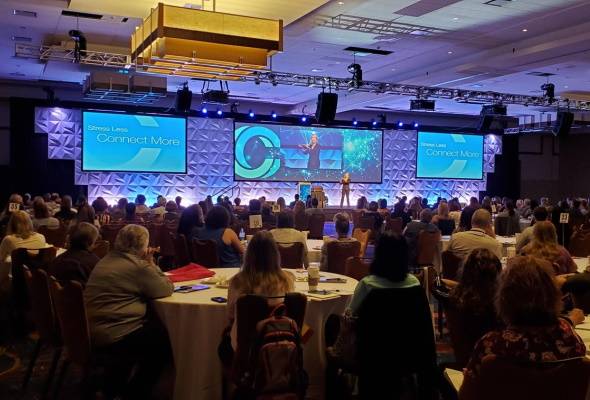Essential Strategies for Maximizing the Durability of Your Light Emitting Diode Wall
Wiki Article
Light Emitting Diode walls are growing increasingly widely used for multiple applications, from marketing to entertainment. To guarantee that these displays function efficiently over the years, it is essential to implement tactics that maximize their durability. Understanding the factors that influence the longevity of LED screens can assist users sustain their performance and prevent unneeded replacements.
One of the primary elements that can extend the lifespan of an Light Emitting Diode screen is proper installation. It is vital to have a skilled team handle the installation procedure to guarantee all components are correctly attached. Inadequate installation can lead to power issues or mechanical damage. Additionally, the location of the LED wall should consider environmental factors such as light exposure and humidity levels. A well-installed display in a proper location will reduce the risk of damage caused by external factors.

Routine maintenance is a further crucial strategy to prolong the lifespan of an Light Emitting Diode wall. This entails regular inspections to monitor for any indicators of deterioration or malfunction. Dirt and dirt can accumulate on the top of the Light Emitting Diode screens, affecting brightness and color quality. Wiping the displays with appropriate materials will help keep ideal clarity. It is also essential to monitor the components behind the screen, making sure that all connections are secure and that there are no overheating issues, which can greatly reduce the durability of the components.
Power control plays a vital role in enhancing the longevity of an Light Emitting Diode screen. Excess voltage or unstable power supply can damage the internal circuitry. To prevent this, using a high-quality electric supply and putting in place overvoltage protection strategies is advisable. Additionally, setting the display to operate at lower luminosity levels when intense luminosity is not required can lessen wear on the LEDs. This not only extends the lifespan of the wall but also saves energy, making it a cost-effective choice.
Furthermore, software control can affect the functionality of Light Emitting Diode screens. Consistently refreshing the program that controls the display ensures that it runs smoothly and includes any essential safety patches. Old software can lead to performance issues and may expose the system to vulnerabilities. Proper scheduling of programming can also assist with overseeing the demand of the screen, allowing it to idle during off-peak hours, which can aid to a greater their explanation durability.
In conclusion, extending the durability of an Light Emitting Diode wall involves a combination of appropriate installation, regular upkeep, efficient power management, and careful program management. By focusing on these essential tactics, users can ensure that their Light Emitting Diode displays remain functional and aesthetically pleasing for many seasons. Implementing proactive measures will not only improve the performance of the Light Emitting Diode screen but also provide a greater yield on investment over time.